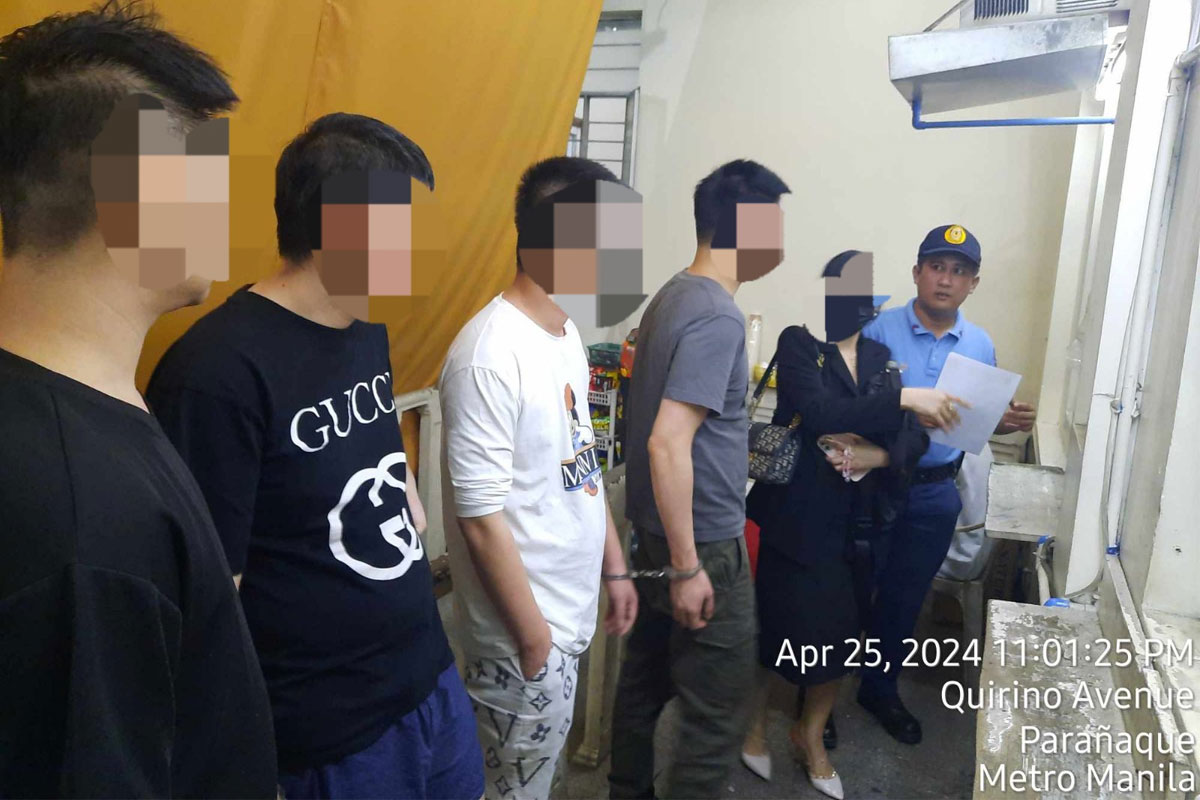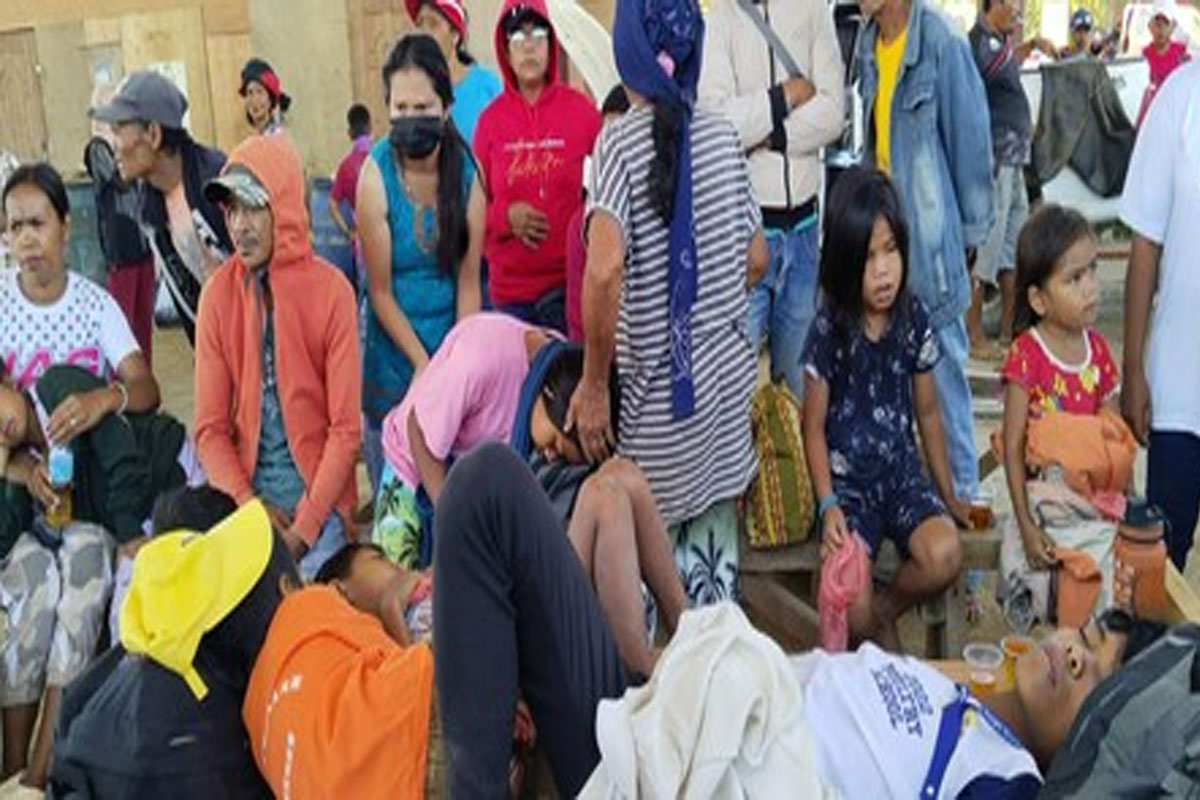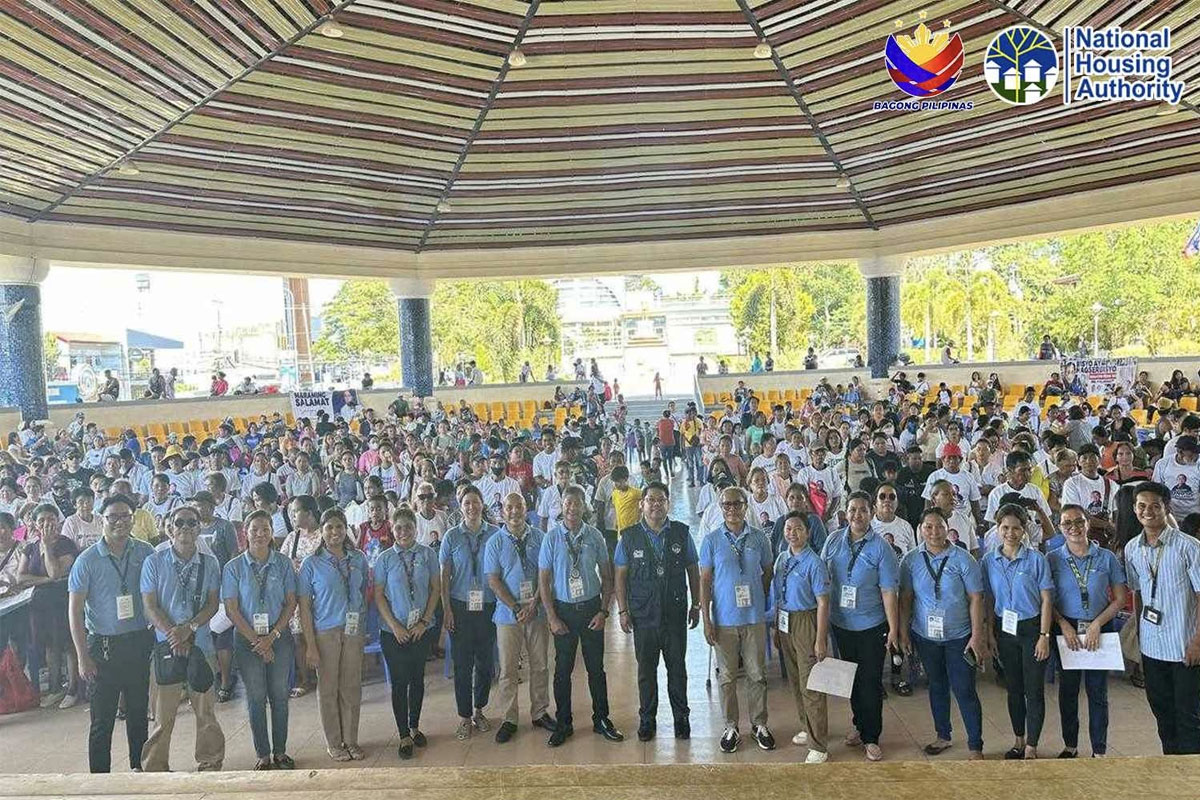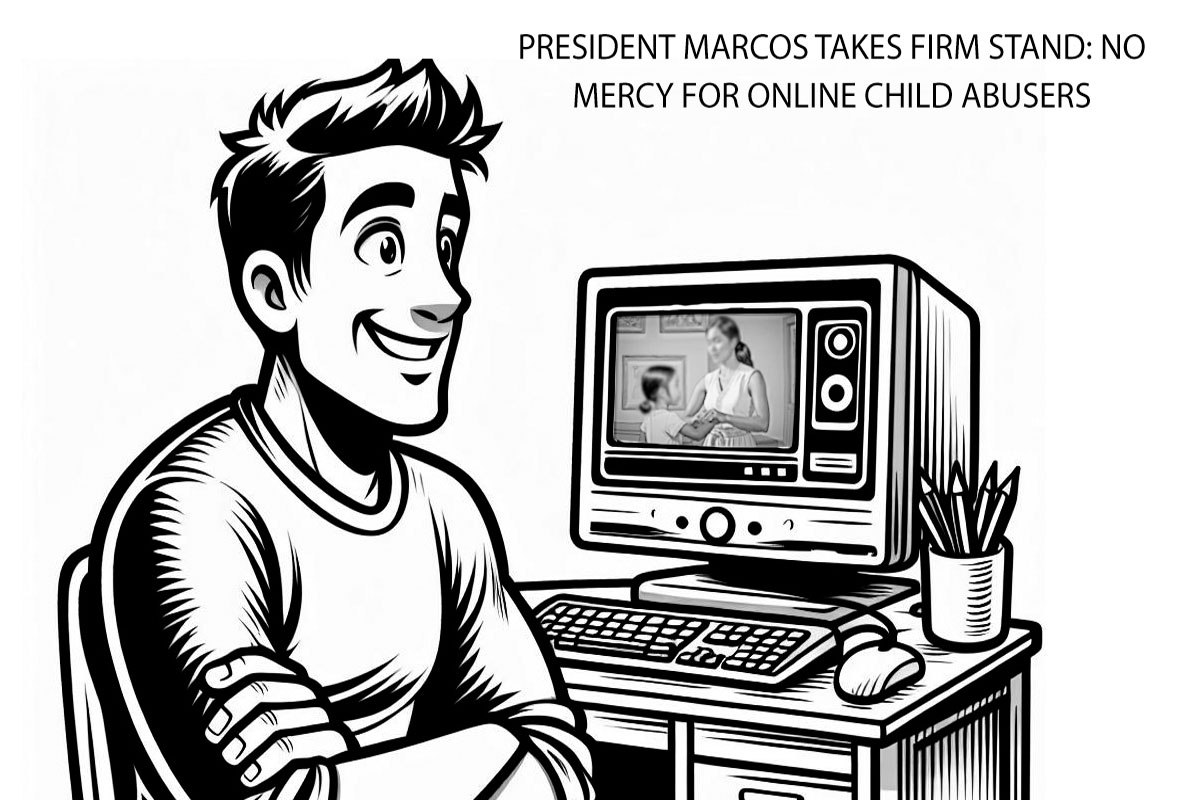
Faith and Heritage Tourism
 JOINTLY launched in the heritage Church of St. James the Apostle in Guagua, Pampanga (popularly known as the Betis Church) by the Tourism Promotions Board (Philippines), Radio Veritas, Radio Veritas Asia and Creative Travel and Tours International was the Faith and Heritage Tourism Campaign as a way to highlight the celebration of the 500 Years of Christianity in the Philippines vis-à-vis the need to help Tourism Promotion amidst the ongoing challenges (and travel protocols) of our current COVID-19 health crisis.
JOINTLY launched in the heritage Church of St. James the Apostle in Guagua, Pampanga (popularly known as the Betis Church) by the Tourism Promotions Board (Philippines), Radio Veritas, Radio Veritas Asia and Creative Travel and Tours International was the Faith and Heritage Tourism Campaign as a way to highlight the celebration of the 500 Years of Christianity in the Philippines vis-à-vis the need to help Tourism Promotion amidst the ongoing challenges (and travel protocols) of our current COVID-19 health crisis.
Present during this launch were Atty. Anthonette C. Velasco-Allones (COO of the Tourism Promotions Board of the Philippines), Rev. Fr. Anton CT Pascual (President & CEO of Radio Veritas), Rev. Fr. Victor F. Sadaya, CMF, PhD (General Manager of Radio Veritas Asia), Ms. Rubyrose “Bessie” Rustia (President of CTTI) and Hon. Dante T. Torres (Mayor of the Municipality of Guagua, Pampanga). As such this joint project debut focused on two main program components —- (1) The Faith and Heritage Tours of various Jubilee Churches nationwide following a historical and spiritual travel experience underlining the richness of our country’s faith practices as a motivator for Tourism Promotions; and (2) The Production of a Historical Documentary Film that would emphasize our 500th Year Celebration of Christianity in the Philippines which will be used as well as promotional material for this Faith and Heritage Tourism Campaign.
The ‘SEE-REFLECT-ACT approach’ in FAITH TOURISM could express a teaching method of faith communication proper to the traditional pastoral use of art in the Church. It is also responsive to the demands of a new evangelization. Communicating the Christian faith in the new evangelization, as proposed again in 2012 by the Synod of Bishops, requires a specific pedagogy, a mode of teaching or transmitting. It borrows from the spiritual perspectives of Benedict XVI in his letter proclaiming the year of faith (cf. Synod of Bishops, 2012, no. 100). The faith to be transmitted should be “professed, celebrated, lived and prayed” (Pope Benedict XVI, 2011).
The same Synod of Bishops attests that for this very end, Saint John Paul II has given the Church the Catechism of the Catholic Church for the double purpose of setting forth the basic tenets of the faith and of indicating the pedagogy for its transmission (cf. Synod of Bishops, 2012, no. 101). The Synod of Bishops also recognized the difficulty involved because the secularization of culture has also shown that the various methods of catechesis “are not always allowed to reach full development in transmitting the faith” (cf Synod of Bishops, 2012, no. 104). For this reason, the Synod of Bishops envisioned a catechesis that is basic, yet complete, and able to transmit fully “the core elements of the faith, and, at the same time, knows how to speak to people today, in their culture, while listening to their questions and inspiring their search for truth, goodness and beauty” (Synod of Bishops, 2012, no. 104).
The Ministry of Foreign Affairs of the Kingdom of the Netherlands published a report that the global market for faith tourism is one of the biggest tourism segments. In 2018, an estimated one-third of 1.4 billion international tourist arrivals travelled for religious purposes. This means that approximately 450 million international trips were made for religious purposes. The popularity of faith-based tourism cannot be understated, as even 25% of travelers are interested in this kind of tourism. For many countries, religious tourism around its historical and religious heritage is a significant part of their total tourism market. Saudi Arabia, for example, received 13 million religious tourists in 2019, and is expected to more than double this number to 30 million visitors by 2030. In the state of Gujarat, in India, almost 36% of all of tourist visits are spiritual tourists. The religious tourism market in Brazil is one the largest tourism segments in the country, estimated at €14 billion generated by 20 million trips. Such potential can likewise be utilized by the Philippines which is known to be as the bastion of Christianity in Asia.
During this launch, I was personally moved by Atty. Anthonette’s (TPB’s COO) remarks when she emphasized that TPB’s involvement was because of the 4Fs — FEAR, FEMALE, FAITH and FUN. First, she explained that during this health crisis our greatest challenge would be FEAR, that despite the “travel bubbles” and “health protocols” we will always have that FEAR of the possible spread of infection. She then added that this crisis likewise affected more women (FEMALE) because more women are in the informal economy (and that such economy relies heavily on local tourism) but amidst all these challenges she also underscored that we will overcome all these Tourism Challenges through our country’s Gift of FAITH which is even providential because they launched such a campaign during our 500th Year Celebration of Christianity in our country. Positive religious reframing through Faith Tourism can help people transcend stressful times by enabling them to see a tragedy as an opportunity to grow closer to a higher power or to improve their lives. Atty. Anthonette likewise added that such campaign will only be successful if everything would be done in an atmosphere of FUN because Faith Tourism is More Fun in the Philippines.
The sacred spaces of our country’s Faith Tourism sites will serve in some way a means to communicate the relationship between our Filipino communities/barangays and its religious practices and to manifest the relationship between the human and the transcendent or the divine. The Pilgrims (tourists) become aware of the sacred because it manifests itself, shows itself, as something totally different from other leisure spots.
————————oOo——————————
For any personal comments or suggestions, you may call 0917-4805585 or email me [email protected].




















